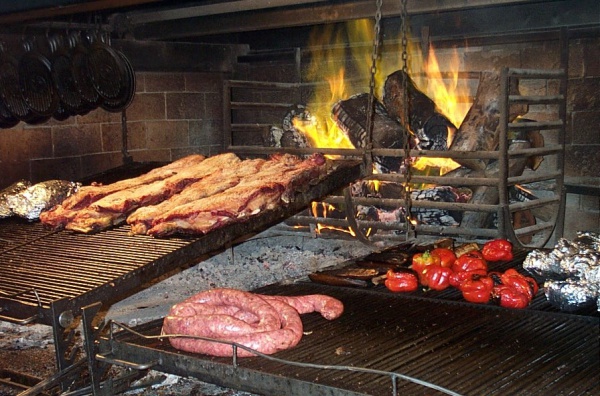Facts About Argentine beef
Beef is a cornerstone of Argentine cuisine, with a history that dates back to 1536 when Spanish conquistadors first introduced cattle to the region. The fertile Pampas and advancements in transportation, such as refrigerated trains and ships, facilitated Argentina's emergence as a beef export powerhouse. Beef production has profoundly influenced Argentine culture, from the iconic asado barbecue to the historic role of the gauchos, the country’s legendary cowboys. Wealthy landowners who profited from beef have played a significant role in shaping Argentina's politics, society, and economy.
Today, Argentina is one of the world's top beef consumers and exporters, ranking third globally. However, the industry faces challenges such as export restrictions and the 2001 foot-and-mouth disease crisis. In response, efforts have been made to improve food safety standards and labeling, ensuring that consumers receive safe and high-quality products.
Organizations like the Argentine Beef Promotion Institute (IPCVA) are diligently working to promote Argentine beef both domestically and internationally. Their objectives include stimulating demand for Argentine beef, refining marketing strategies, and bolstering domestic consumption.
Argentina has introduced and developed various cattle breeds to enhance meat quality and production, including Shorthorn, Hereford, Aberdeen Angus, Holando-Argentina, Zebu, and Charolais. The traditional method of enjoying Argentine beef is through the asado, where the meat is cooked over a charcoal flame and often served with chimichurri sauce.
Despite the obstacles and regulations affecting beef exports, Argentina remains a key player in the global beef market, thanks to the renowned quality of its products. The industry continues to evolve with initiatives aimed at enhancing production, ensuring safety, and promoting Argentine beef worldwide.

 Brazil
Brazil